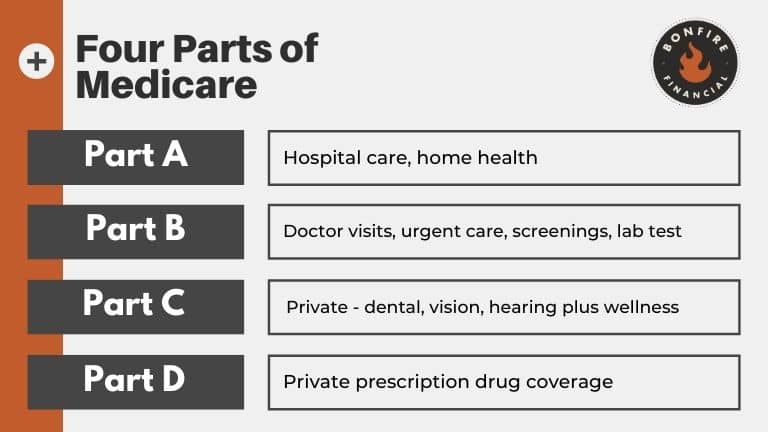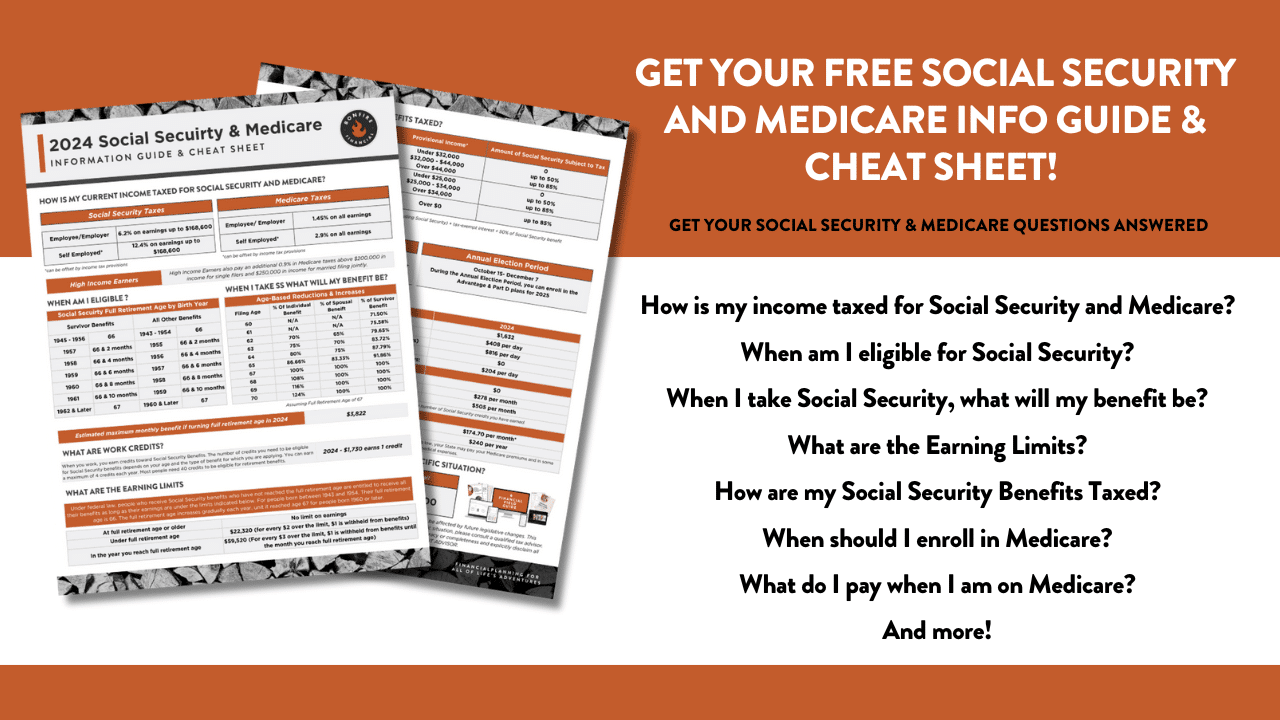Which to choose? If you’ve ever felt confused about the difference between permanent life insurance and term life insurance, you’re not alone, and today were are here to help you cut through the noise. When it comes to life insurance, few topics are more misunderstood or misrepresented. Many people find themselves signing up for a policy based on fear, a persuasive pitch, or a recommendation that doesn’t actually suit their needs. The good news? Understanding the difference empowers you to protect your loved ones without overpaying or being misled. Let’s dive in.
Listen Now: iTunes | Spotify | iHeartRadio | Amazon Music
What Is Term Life Insurance?
Term life insurance is exactly what it sounds like: coverage for a specific period of time, often 10, 20, or 30 years. If the policyholder dies during that term, the death benefit is paid out to the beneficiaries. If the term ends and the policy hasn’t been used, it simply expires with no payout.
Pros:
- Affordable premiums: Term insurance provides the most coverage for the lowest cost.
- Simple to understand: You pay for a set number of years; if you die during that term, your beneficiaries receive the payout.
- Ideal for younger families: It covers you when you have the most financial obligations—mortgage, children, and debt.
- Customizable terms: You can choose a term that aligns with your needs, like the length of your mortgage or years until your kids are financially independent.
- Convertible options: Some term policies allow you to convert to permanent insurance later, without new underwriting.
Cons:
- No cash value: Unlike permanent insurance, there’s no savings or investment component.
- Expires: If your policy ends and you still need coverage, a new policy may be more expensive due to age or health changes.
- No refund: Unless you purchase a return-of-premium rider, the money you pay into the policy is gone if you outlive the term.
What Is Permanent Life Insurance?
Permanent life insurance lasts your entire life, as long as you pay the premiums. This category includes whole life, universal life, variable life, and others. These policies often come with a cash value component that can grow over time.
Pros:
- Lifetime coverage: Your beneficiaries are guaranteed a death benefit, no matter when you die.
- Builds cash value: You can borrow against it or even use it to pay premiums.
- Can offer tax advantages: In some cases, the cash value grows tax-deferred.
- Flexible options: Some types, like universal life, allow you to adjust your premiums or death benefit.
Cons:
- Expensive: Premiums are significantly higher than term insurance for the same death benefit.
- Complex: Fees, interest rates, investment risk (depending on type), and policy rules can be hard to follow.
- Lower ROI: Often marketed as a savings vehicle, but you may do better investing elsewhere.
- Sales-driven: Many policies are sold with incomplete information about long-term costs or downsides.
The Sales Pitch Trap
One of the biggest problems in the insurance world is the sales pitch. Many permanent life insurance policies are sold using emotionally charged scenarios:
- “Don’t you want to make sure your kids are taken care of, no matter what?”
- “This policy builds wealth while protecting your family.”
- “It’s a forced savings account with tax advantages.”
These statements can be true, but only in the right context. Understanding the difference between permanent life insurance and term life insurance is important. For many people, especially younger families, a term policy covers their needs more appropriately, while allowing them to invest elsewhere with higher returns and more flexibility.
Real-Life Scenario: The General
One particularly painful example is that of a retired general who, as a young enlisted servicemember, was sold a permanent life insurance policy. It sounded good at the time, but as years passed, he couldn’t keep up with the premiums. Eventually, the policy lapsed, and he had to pay money just to get out of it.
This is not an isolated case. Many financial advisors have stories of clients who unknowingly signed up for policies that made more sense for the insurance agent than for the client.
When Does Term Life Insurance Make Sense?
Term life insurance is a great fit when:
- You’re in your 20s, 30s, or 40s
- You have young children
- You have a mortgage or other debts
- You’re the primary income earner
- You’re still building wealth
- You’re looking for the highest death benefit at the lowest cost
Many people choose a 20- or 30-year term that lines up with their working years, their mortgage, and their children’s timeline to adulthood. A typical example:
- Age: 35
- Kids: Ages 3 and 5
- Mortgage: 25 years remaining
- Goal: Provide income replacement until kids are grown and debt is paid off
In this case, a 30-year term policy with a $2–3 million death benefit may cost a few hundred dollars a year. After 30 years, ideally, you’ve built enough wealth that insurance isn’t as necessary.
When Does Permanent Life Insurance Make Sense?
Permanent life insurance might make sense when:
- You have a family history of medical issues and want guaranteed lifetime coverage
- You need coverage for estate planning purposes (e.g., estate tax mitigation)
- You’ve maxed out other tax-advantaged accounts like Roth IRAs and 401(k)s
- You need a tool for legacy planning or charitable giving
- You’re extremely high net worth and looking for a unique tax-advantaged vehicle
Even then, it should be carefully evaluated with an advisor, not just purchased because it “sounds good.” Also consider:
- Trust planning: Permanent policies can be structured within irrevocable life insurance trusts (ILITs) to reduce estate tax burdens.
- Business succession: Some owners use permanent policies for buy-sell agreements or to fund key person insurance.
Key Questions to Ask Before You Buy Life Insurance
- What is the purpose of this insurance? Is it for income replacement? Paying off debt? Estate planning?
- How long do I need coverage? Do you just need protection while raising kids and paying off your house, or lifelong?
- Can I afford this long-term? Many permanent policies are expensive and can lapse if not maintained.
- Have I maxed out other savings tools? If not, insurance shouldn’t be your investment strategy.
- Do I fully understand the fees, structure, and returns? If it sounds too good to be true, it usually is.
- What happens if I need to cancel or pause my policy? Know the surrender charges, risks of lapsing, and options for flexibility.
- Is the recommendation coming from a fiduciary advisor or a commission-based sales rep? This distinction matters a lot.
Life Insurance in a Holistic Financial Plan
Life insurance is not a standalone decision. It should fit within a bigger picture of your overall financial life.
- Budgeting: Ensure the premium fits your cash flow.
- Investing: Term insurance frees up funds to invest in retirement accounts or taxable brokerage accounts.
- Debt management: Life insurance can ensure debt doesn’t burden your loved ones.
- Legacy goals: Permanent insurance might support charitable gifts or leave behind wealth.
- Retirement: Term policies typically expire as you near retirement, ideally when your need for income replacement is reduced.
How to Review Your Existing Policy
If you already have life insurance, it may be time for a checkup. Ask yourself:
- Does this policy still fit my current needs?
- Have my income, debts, or family circumstances changed?
- Am I paying too much for too little?
- Have I been properly informed of all the features and downsides?
- Could I switch to a more cost-effective or appropriate policy?
Work with a fiduciary advisor to evaluate your options before canceling or replacing any policy.
Final Thoughts:
What’s right for you now that you’ve reviewed the difference between permanent life insurance and term life insurance? There’s no one-size-fits-all answer, but for many people, term life insurance provides the protection they need at a cost they can afford, especially when they’re just starting out, raising a family, or growing their career.
Permanent life insurance has a place, but it’s more of a niche solution. If someone is pushing it on you before fully understanding your financial picture, that’s a red flag. As with most things in financial planning, the key is to stay informed, ask the right questions, and work with someone who’s willing to walk through your goals and your numbers, not just sell you a product.
Need Help Deciding?
At Bonfire Financial, we walk clients through life insurance options in a way that’s educational, not sales-driven. We’ll show you the actual numbers and help you choose what works best for your stage of life and financial goals. Schedule a call with us today!
Learn More About Choosing the Right Term Policy
If you’re ready to dive deeper into your options, check out our guide to the Best Term Life Insurance. It breaks down the top providers, features to look for, and how to get the most value from your policy.
 Client Login
Client Login







